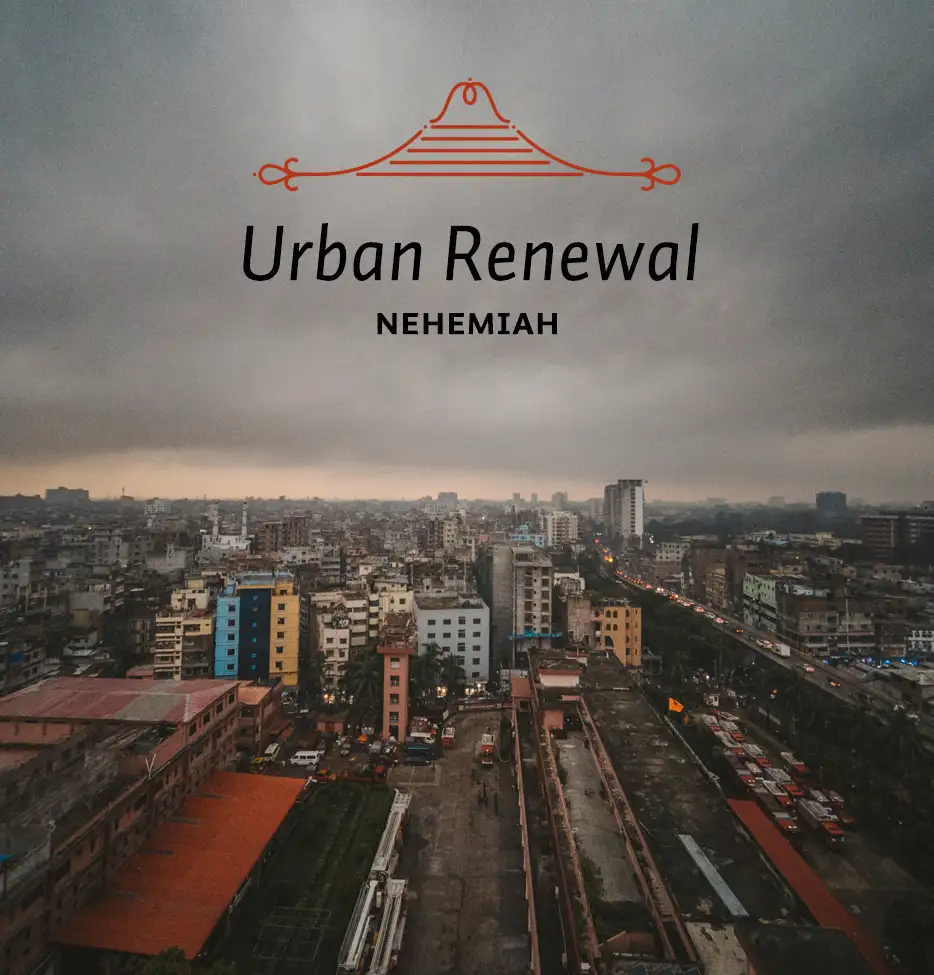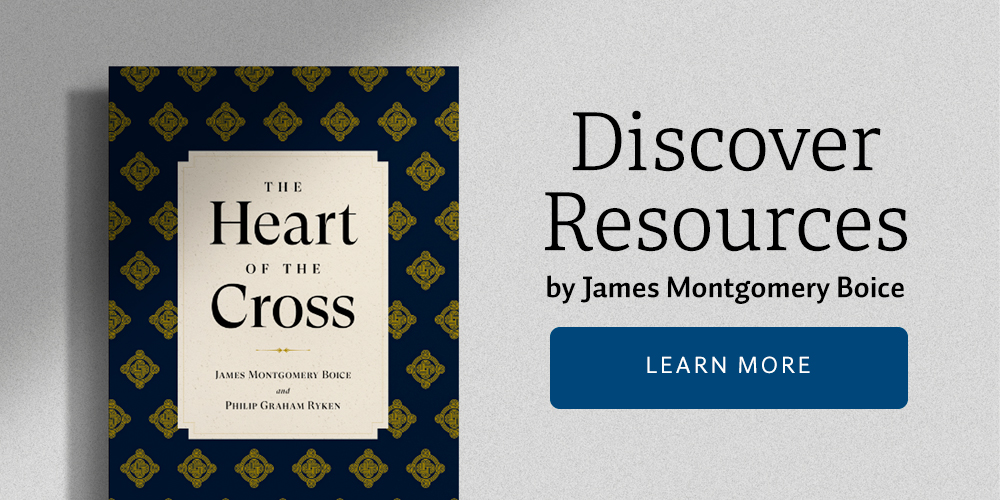At first glance, the list of names and places in Nehemiah 11 seems even more tedious and uninteresting than the earlier lists in chapters 3, 7 and 10. But the list actually reflects a great strategy. It highlights several parts of Nehemiah’s plan.
1. Repopulation. The first and most obvious step in the renewal of Jerusalem was the city’s repopulation. The list of people in chapter 11 begins with the families of two tribes: Judah and Benjamin. This was appropriate since Jerusalem was in the tribal territory of Judah and bordered Benjamin which extended northward from it. Moreover, most of the people were from those tribes. They had been the chief tribes of the southern kingdom of Judah and were therefore the last to have been overthrown. Samaria, the capital of the northern kingdom of Israel, had been overthrown in 721 B.C. Jerusalem fell in 586 B.C. The text mentions two families of Judah (vv. 4-6) and three families of Benjamin (vv. 7-9).
After this there are lists of priests, Levites, gatekeepers, temple servants and a variety of city officers (vv. 10-24), followed by a list of cities outside Jerusalem where many of the people settled. Chapter 12 gives the ancestry of these leaders and families going back to those who had come to Jerusalem originally under Zerubbabel (12:1-26).
We can do some interesting calculations on the basis of the numbers provided. If the numbers of those said to have settled in Jerusalem are added up, the total of the adult males comes to 3,044. If we add women and children to that, the resulting population of Jerusalem at this time was probably about 10,000, conservatively estimated. Since this was intended to be one-tenth of the entire population, the total number of Jews in Judah would have been about 100,000.1
2. Organization. The second striking thing about this chapter is the obvious organization of the people. Certainly it is one thing Nehemiah intended to make clear when he composed it. This was no rabble of refugees merely settling down anywhere. These people knew their ancestry and their present family and religious leaders. Jerusalem had a government. Even the Jews who settled outside the city did not merely settle anywhere. The lists at the end of chapter 11 suggest that they tried to settle in their ancestral homes.
3. Participation. The third characteristic of this resettlement was the active participation of the people in what was going on. It may be a bit excessive to call this democracy. But it was not arbitrary action by Nehemiah either. Earlier, in chapter 7, Nehemiah did exercise his prerogatives as governor by appointing Hanani as the chief civil officer of Jerusalem and Hananiah as the military commander. But we do not have any suggestion of that here. The implication seems to be that each of the tribes and religious groupings selected its own leaders. Another indication of the participatory spirit that prevailed is the reference in verse 2 to those who “volunteered” to live in Jerusalem. It is hard to tell what this refers to. It seems to refer to those who were chosen by lot, according to verse 1, although this would be a strange thing to say in such circumstances. If it does refer to these people, it would mean that, although they were chosen by lot, they nevertheless relocated to the city willingly. On the other hand, it could refer to others who volunteered to accompany them. In either case, the picture is of an arrangement upon which the people as a whole agreed. It was not a case of forcible uprooting and migration. Rather, the people wanted the city to prosper and so willingly moved there.
1See Howard F. Vos, Bible Study Commentary: Ezra, Nehemiah, Esther (Grand Rapids, MI: Zondervan Publishing House, 1987), 127.






